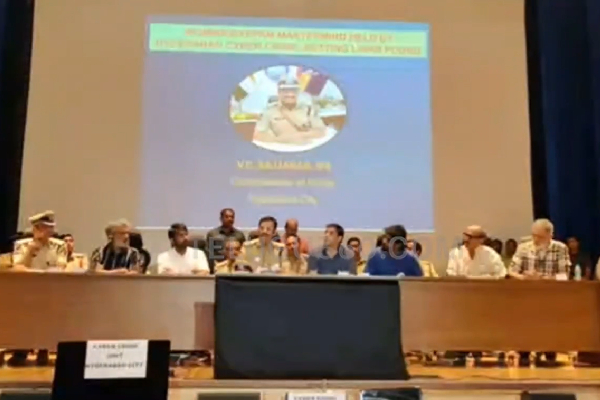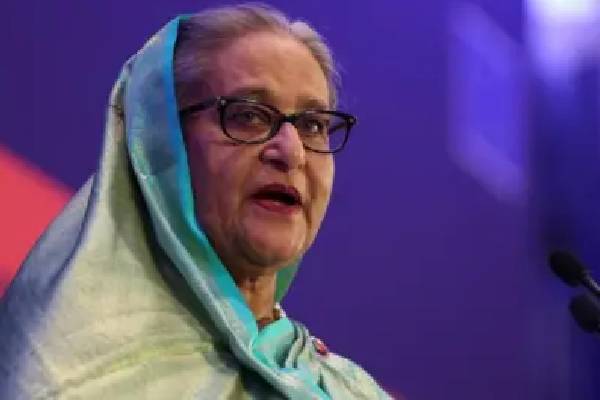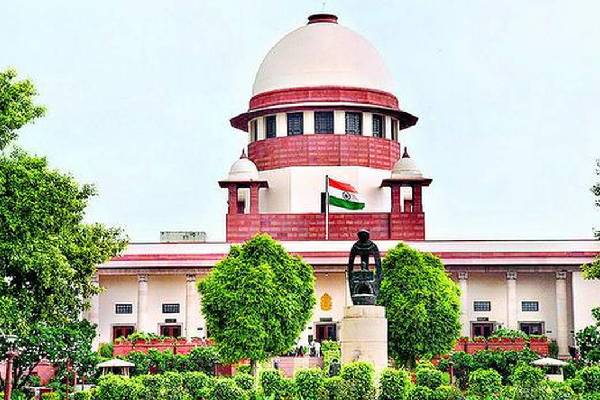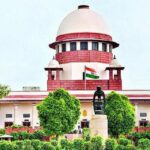The National Democratic Alliance’s sweeping victory in Bihar has stunned both political analysts and rival parties. The scale of the mandate is extraordinary. The NDA surged ahead in nearly 200 out of 243 seats, while the BJP emerged as the single largest party with an exceptional strike rate. What makes this victory even more remarkable is that it comes after Chief Minister Nitish Kumar has already spent close to two decades at the helm.
Many believed anti-incumbency would finally catch up with him. Instead, Bihar witnessed a strong pro-incumbency wave that few had predicted.
A State That Voted for Stability Over Change
Bihar has always been known for caste-driven electoral calculations. Politics is often shaped by strong community alignments. However, this election showed a different trend. The NDA managed to stitch together a winning social coalition with mathematical precision.
The BJP drew firm support from upper-caste voters. Nitish Kumar’s JD(U) continued to retain its hold over EBCs. The LJP (Ram Vilas) secured significant backing from Dalit communities. Together, these groups formed a strong, dependable base that the Mahagathbandhan struggled to counter.
Despite questions about Nitish’s long tenure and mixed performance on development, the voters chose continuity. This itself signals a strong preference for stability and predictable governance.
The “Good Governance” Factor Still Works
Nitish Kumar built his political identity around the promise of law and order. His image as “Sushashan Babu” still resonates with a large section of Bihar’s population. Even critics admit that he managed to improve law and order compared to the chaotic ‘jungle raj’ era associated with earlier RJD governments.
Throughout the campaign, the NDA reminded voters of that period. Their message was simple. Bihar should not return to instability.
This narrative, repeated consistently and strategically, stuck with voters and shaped the political mood.
Why the Wave Surprised Everyone
Before polling day, very few believed a massive wave was building in favour of the NDA. Exit polls predicted an NDA win, but not a historic sweep.
Even within NDA circles, leaders expected a competitive fight. But the final outcome was far beyond those expectations.
Several factors contributed to this surprise:
Women voters turned out in large numbers and backed the NDA.
Central welfare schemes reached a wide population and created visible impact.
Nitish Kumar’s image, despite criticism, remained dependable in the eyes of many families.
The RJD struggled to overcome negative narratives linked to its past.
The result is now being viewed as a political case study for national parties, especially because this election was conducted in a state known for unpredictable voter behaviour.
A Mandate That Resets Bihar’s Political Landscape
The NDA’s victory is not just a win. It reshapes political equations in Bihar.
The scale of the mandate suggests that voters placed their trust in a tested leadership rather than a promise of change. The BJP’s strong performance also signals a shift in Bihar’s traditional power balance, where regional parties once dominated.
This victory also raises an important question. Will Nitish Kumar become the Chief Minister for the tenth time, or will the BJP place a new face at the top? For now, the political atmosphere is charged with speculation. But one thing is clear. Bihar has delivered a decisive verdict.
Conclusion
Bihar’s 2025 election results show how a blend of social engineering, consistent messaging and a promise of stability can create a historic wave. Nitish Kumar’s long rule did not weaken his appeal. Instead, it strengthened his identity as a reliable leader in a state that values order over uncertainty.
The NDA’s win is more than just an electoral triumph. It is a political lesson that will be discussed for years, especially as major states prepare for elections in the coming months.


































